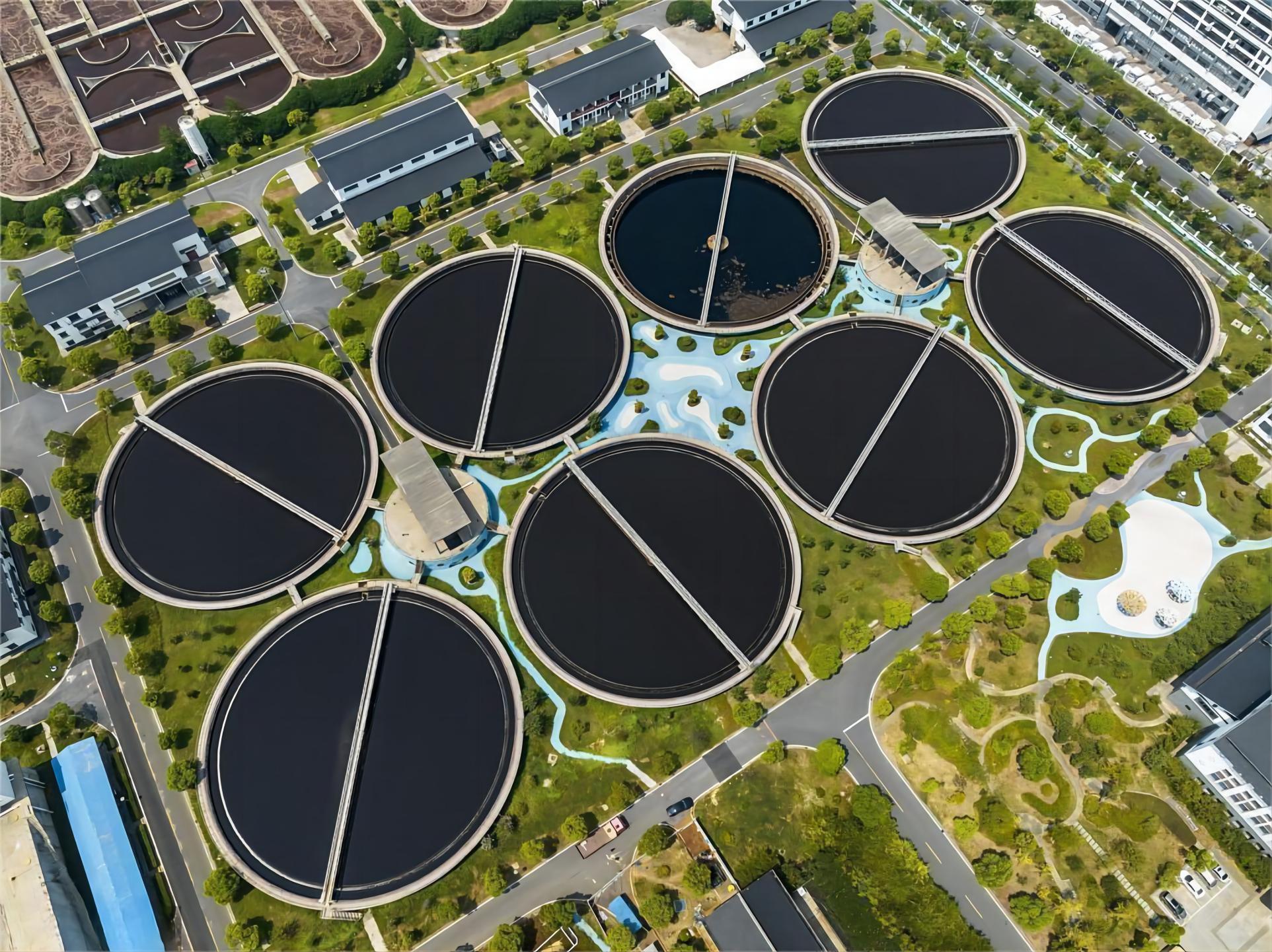20
2023
-
11
What is a sewage treatment process? What are the main handling methods?
Author:
Huanke
What is a sewage treatment process?
Wastewater treatment process refers to a technical method that removes or converts harmful substances from wastewater into harmless substances through a series of physical, chemical, and biological processes. It aims to protect the environment, maintain ecological balance, and provide clean water resources for humanity. The sewage treatment process is widely used in various fields such as construction, agriculture, transportation, energy, petrochemical, environmental protection, urban landscape, medical treatment, catering, etc.

What are the main methods of sewage treatment?
The main methods of sewage treatment include biological, physical, chemical, electrochemical, ultraviolet, and reverse osmosis methods.
1. Biological method: Utilizing the effectiveness of microbial growth, pollutants in organic wastewater are degraded into substances such as CO2 and water. Common biological treatment methods include activated sludge method, MBBR method, SBR method, etc.
2. Physical method: Using physical processes such as filtration, sedimentation, and air flotation to separate and remove pollutants from wastewater.
3. Chemical method: Through chemical reactions, pollutants are decomposed or converted into harmless substances, including chemical precipitation, redox methods, etc.
4. Electrochemical method: Using electrode reactions in electrochemical reactions and chemical reactions in electrolytes to remove harmful substances from wastewater.
5. Ultraviolet method: Using ultraviolet light to decompose organic matter into harmless substances, this method is suitable for small-scale wastewater treatment.
6. Reverse osmosis method: The wastewater is passed through a semi permeable membrane filter to separate water molecules from the wastewater, thereby removing harmful substances.
In addition, sewage treatment also includes steps such as sedimentation tank, screening (interception), air flotation (upward flotation), centrifugation and cyclone separation.
The actual treatment process needs to be designed and selected based on the specific conditions of the pollutant properties, water quantity, and water quality requirements of the wastewater.
Related Products
Biological nitrogen removal process of low temperature wastewater
2024-05-28
Prevention and treatment of calcium carbonate scaling in reverse osmosis operation
2024-05-22
Treatment of pyrazolone production wastewater - bipolar membrane electrodialysis process
2024-05-20
How much salt does sewage contain that can enter the biochemical system?
2024-05-17
Huanke Environmental Protection Technology
HOTLINE:
Address:Gongye 1st Street, Weicheng District, Weifang City, Shandong Province China
Contact:Zhang Gong
Phone:+86-18865361829
Email:sdhuanke@163.com


Consult
Copyright © 2023 Shandong Huanke Environmental Protection Technology Co., Ltd






